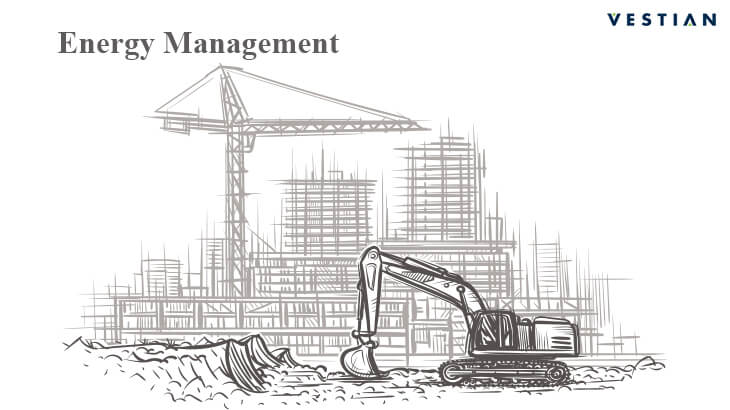Buildings account for 40% of the world’s energy usage. That being the case, focusing on sustainable practices and green energy generation in the construction industry will have a positive impact on the environment.
Why the sudden rise in demand for Green buildings?
The consequences of increasing carbon footprint such as scarcity of clean drinking water, global warming, extreme weather conditions etc. have led to a shift towards conserving the environment. The challenge developers face is to minimize energy consumption while building out new spaces, and furthermore, to ensure that the impact of the new space is equally minimal on the environment. Hence, we see a spurt in green buildings, which contribute to a larger infrastructural goal of economic, environment and human sustainability.
How to reduce carbon footprint?
Reducing the carbon footprint is the basic idea that needs to be incorporated in the planning phase of building design for effective energy management. Let’s look at few points to consider during the pre- and construction phases:
- Establish policy guidelines for Green buildings
Overcoming energy wastage is possible by establishing sustainable policy guidelines, proper implementation and good governance. Stakeholders should focus on this to ensure maximum benefit from various measures taken in this direction.
- Consider alternative raw materials for construction
Use of energy efficient alternative building materials and methods such as recycled timber, plastic and 3D printing can lessen the impact of traditional brick and mortar construction on the environment. Similarly usage of innovative materials such as cool roof tiles to build exteriors and interiors of an apartment or office skyscrapers will have an insulating effect as well as prevent the loss of energy while preserving the elegance of the design.
- Utilize renewable resources
The demand for renewable energy is increasing. The introduction of building integrated photovoltaic units (BIPVs) aids builders to integrate the solar cells into the outer layer of the building. This has replaced the glass material which increases heat build-up due to its greenhouse effect. Similarly, a great natural lighting design developed for the buildings helps achieve cooler interiors and energy savings. Blinds and louvres are also effective daylight control systems.
- Water conservation
Water conservation is equally crucial for energy efficiency. Installation of advanced water efficient appliances such as fixtures and faucets that assist in thwarting water wastage. Rainwater harvesting system is yet another smart method to utilize rainwater for non-drinking purpose.
- Construction waste management
Waste management is one of the core elements that one needs to keep in mind during the construction phase of a building. It is essential to ensure proper segregation of waste. Mini-crushers are used to reduce the residual bricks or blocks, leftover plastic needs careful disposal to prevent its deleterious effects on the environment.
These measures when undertaken in preliminary stages of structure development go a long way in ensuring energy efficiency. Hence, a holistic approach towards tackling the challenge of reducing carbon footprint can help contribute to energy activism.

